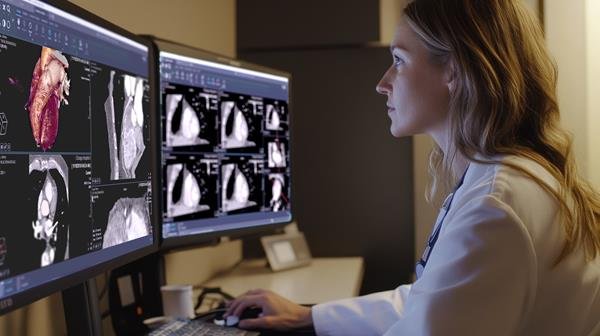
Royal Philips, a global leader in health technology, today announced the launch of Philips Image Management 15, the next generation of Philips Vue PACS, including a zero-footprint, web diagnostic viewer that transforms how radiologists access and interpret medical images. Designed with a brand-new user interface, the viewer delivers the full clinical power of a desktop workstation through a standard web browser. It combines clinical depth, mobility, and scalability, enabling radiologists to work smarter, faster, and more collaboratively – while giving back time to clinical teams and reducing IT complexity across the enterprise.
A complete diagnostic experience – anytime, anywhere
In today’s healthcare environment, time, accuracy, and accessibility are critical. The viewer helps address one of healthcare’s most persistent challenges, lost clinical time caused by slow performance and the complexity of remote reading. It delivers high-performance server-side rendering, workflow automation, and a full suite of advanced clinical tools – all accessed securely through a web browser, with no local installation required.
“We were among the first to test the new Philips web-based diagnostic viewer, and the difference is clear. It loads studies quickly and runs smoothly, even with large datasets. The new interface is intuitive and lets us focus entirely on the images, a real step forward in performance and usability,” said Pieter Hoste, Chief Radiologist and Head of Medical Imaging, AZ West Hospital, Belgium.
Processing between the client and server is optimised to ensure seamless performance, even with large, complex datasets such as digital breast tomosynthesis or cardiac CT. This delivers consistent, high-quality image interpretation – whether radiologists are working on-site, across the enterprise, or remotely – while simplifying IT deployment and management.
The web-based viewer interfaces with connected AI tools to bring together all relevant patient information in one place, supporting faster, more informed diagnoses. Natively connected to the interactive reporting module, it manages reporting in the PACS workflow, eliminating the need for separate dictation or reporting systems and enabling radiologists to review images and generate comprehensive reports without leaving their reading application.